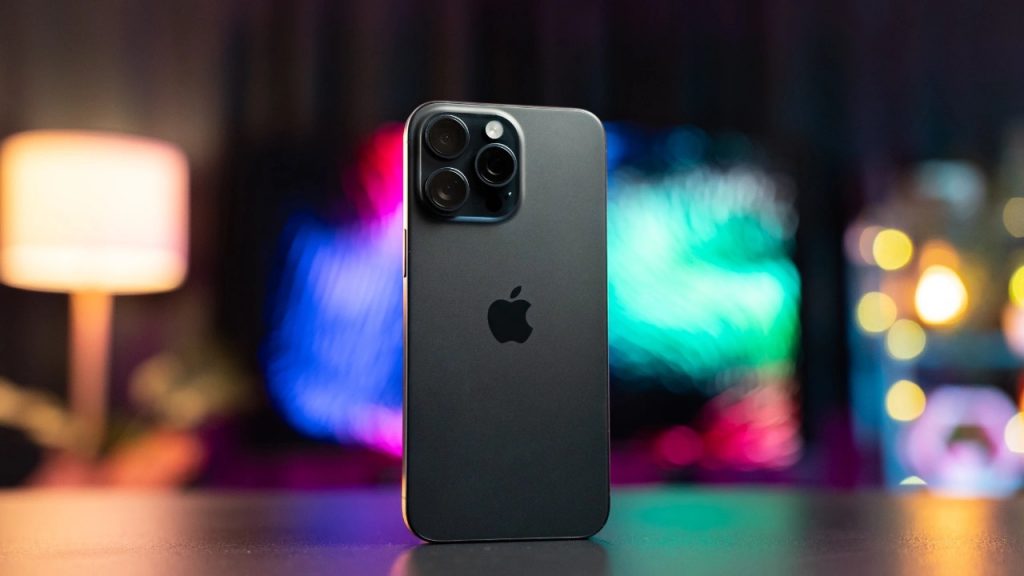One of the standout features of the Pro models is their superior display. The iPhone 17 Pro offers a ProMotion display with a 120Hz refresh rate, providing smoother visuals and more responsive touch controls. The iPhone 17 Air, while still impressive, will likely feature a standard display with a 60Hz refresh rate. This difference may go unnoticed by casual users, but for gamers and those who prioritize buttery-smooth performance, the Pro is a clear winner.
ProMotion allows the iPhone 17 Pro to adjust its refresh rate dynamically, improving battery efficiency while maintaining smooth transitions. On the other hand, the 60Hz display on the Air may feel slightly less responsive in fast-moving scenarios like gaming or scrolling through social media.
The camera system is another area where the iPhone 17 Pro outshines the Air. The Pro models typically have advanced photography features, including a triple-camera system, LiDAR scanner, and enhanced zoom capabilities. The iPhone 17 Air, expected to feature a dual-camera setup, may lack these high-end features. While the Air will still offer a great camera for everyday use, photographers who rely on enhanced zoom or professional-grade quality will likely find the Pro more suitable.
Subheading: Dual-Camera vs. Triple-Camera
The Pro’s triple-camera system offers greater versatility, especially in low-light conditions and zoom functionality. The iPhone 17 Air’s dual-camera system will suffice for everyday snapshots, but for advanced photography, the Pro’s extra lens makes a noticeable difference.
Battery life is a major consideration for any smartphone user. Pro models generally have larger batteries, owing to their larger size and higher-end features, which translates to longer usage times between charges. The iPhone 17 Air, designed to be slimmer and lighter, may not offer the same battery endurance as the Pro. While Apple’s A17 Bionic chip ensures energy efficiency across both models, heavy users who depend on extended battery life might find the Air lacking.
Apple’s battery-saving features, such as Low Power Mode, help extend usage time. However, the smaller battery in the iPhone 17 Air may require more frequent charges for power users compared to the Pro.
Build Materials and Durability
Apple’s Pro models are known for using premium materials, such as stainless steel frames and Ceramic Shield glass, offering enhanced durability and a more luxurious feel. In contrast, the iPhone 17 Air is expected to use aluminum, which while lightweight and durable, may not provide the same premium feel or protection against drops and scratches.
The iPhone 17 Air’s aluminum build will be sufficient for users who prioritize a lightweight design over ruggedness. However, those prone to accidental drops may find the stainless steel and Ceramic Shield of the Pro models more reassuring.
While the iPhone 17 Air will likely share the A17 Bionic chip with the Pro models, the amount of RAM could differ. Pro models usually come with higher RAM capacities, which enhance multitasking capabilities and future-proof the device for years to come. With potentially less RAM, the Air may handle fewer background apps simultaneously, making it less ideal for power users who rely on multitasking.
RAM’s Role in Performance
Although 4GB or 6GB of RAM will easily handle everyday tasks, the Pro’s 8GB or more provides better multitasking, allowing users to switch between apps quickly and without lag. The iPhone 17 Air may still run smoothly, but advanced users will notice the difference during more demanding tasks like video editing or gaming.
The iPhone 17 Air will undoubtedly appeal to users looking for an affordable, lightweight iPhone with strong performance. However, those accustomed to the high-end features of the Pro models, such as superior display technology, advanced camera systems, and longer battery life, may need to consider the trade-offs before switching. If you’re a casual user, the iPhone 17 Air offers excellent value, but for power users who need top-tier performance, the iPhone 17 Pro remains the better option.
Do you think you’ll try an iPhone Air? Let us know on social media.
